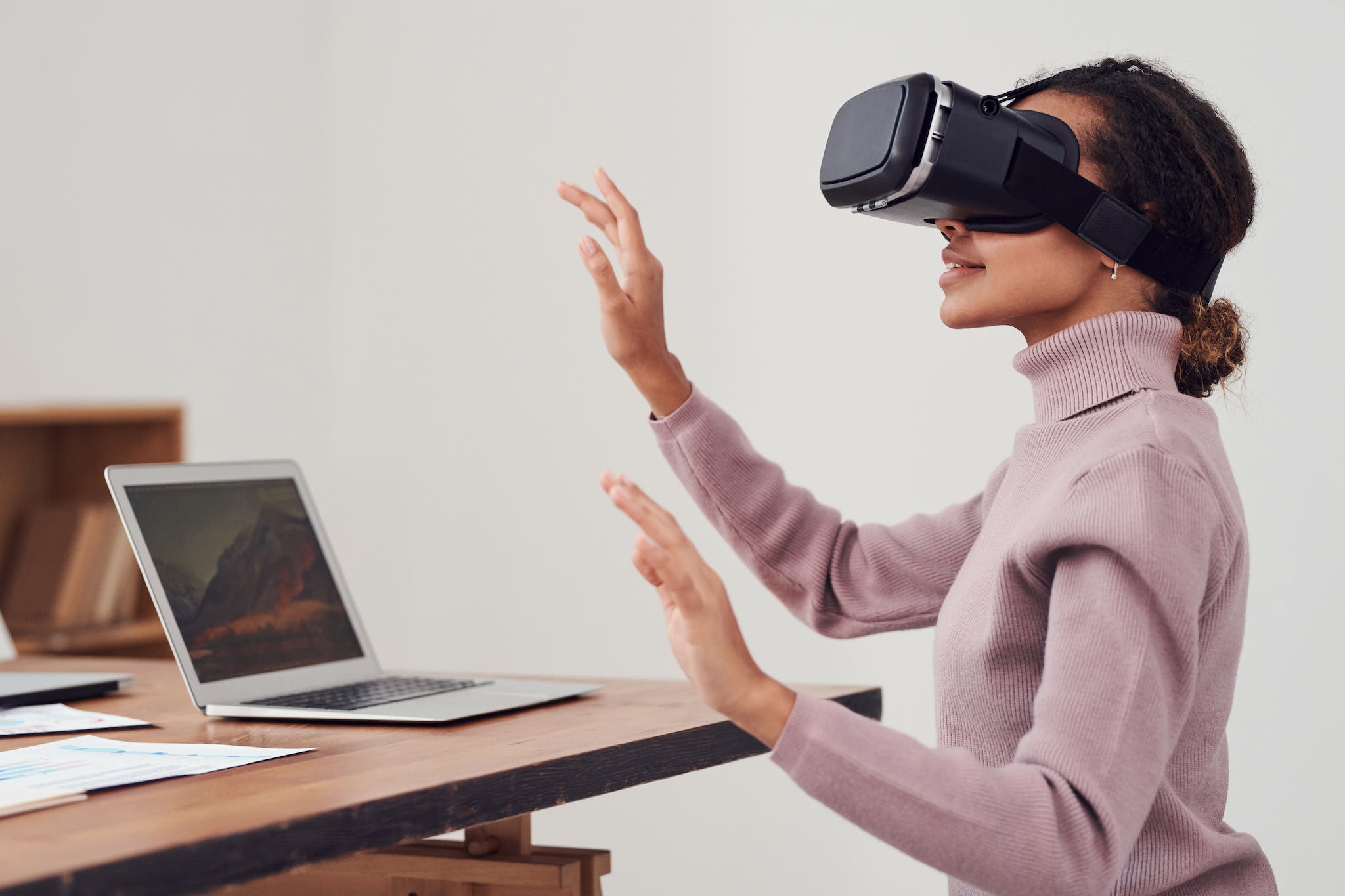
Virtual Reality and Augmented Reality: Shaping the Future of Human-Computer Interaction
Virtual reality (VR) and augmented reality (AR) are emerging technologies that are poised to transform the way we interact with computers and the world around us. These immersive technologies offer a seamless blend of the digital and physical realms, blurring the lines between reality and virtuality.
Virtual Reality: Immersive Digital Experiences
VR creates a fully immersive virtual environment that completely surrounds the user. Users wear a headset that blocks out their real-world surroundings and projects a 3D virtual world onto their field of view. This allows users to interact with virtual objects as if they were real, providing an unparalleled sense of presence.
Augmented Reality: Enhancing the Real World
AR overlays digital information onto the real world. Users can see virtual objects superimposed on their physical surroundings, providing real-time information and interactions. AR applications are already being used for navigation, gaming, and education.
Impact on Human-Computer Interaction
VR and AR are fundamentally transforming the way we interact with computers. They offer a more natural and intuitive way to interact with digital content, eliminating the need for traditional mouse and keyboard input. This can open up new possibilities for gaming, education, training, and entertainment.
Applications of VR and AR
VR and AR are being used in a wide variety of applications across various industries. Some notable examples include:
- Gaming: VR provides a more immersive and realistic gaming experience, allowing users to step into virtual worlds and interact with them in real-time.
- Education: VR and AR can bring learning to life, allowing students to explore historical sites, conduct virtual experiments, and interact with virtual characters.
- Training: VR can provide a safe and realistic training environment for a variety of skills, such as surgery, piloting, and firefighting.
- Retail: AR can help consumers visualize products in their homes before they purchase them.
- Manufacturing: AR can assist workers in complex tasks, such as assembling equipment or repairing machinery.
Future of VR and AR
The future of VR and AR is bright. As technology continues to advance, these technologies will become more immersive, affordable, and accessible. We can expect to see even more innovative applications emerge in the years to come.
Challenges and Considerations
While VR and AR offer immense promise, there are also challenges that need to be addressed:
- Hardware Limitations: VR headsets can be bulky and uncomfortable, and AR experiences can be limited by device capabilities.
- Content Creation: Developing high-quality VR and AR content requires specialized skills and resources.
- User Acceptance: Some users may be hesitant to adopt these new technologies due to concerns about privacy, safety, and addiction.
- Ethical Considerations: The use of VR and AR raises ethical questions about privacy, data collection, and the potential for misuse.
Conclusion
VR and AR are transforming the way we interact with computers and the world around us. These technologies have the potential to revolutionize industries, education, and entertainment. By addressing the challenges and embracing responsible practices, we can harness the power of VR and AR to create a more immersive and engaging future.



